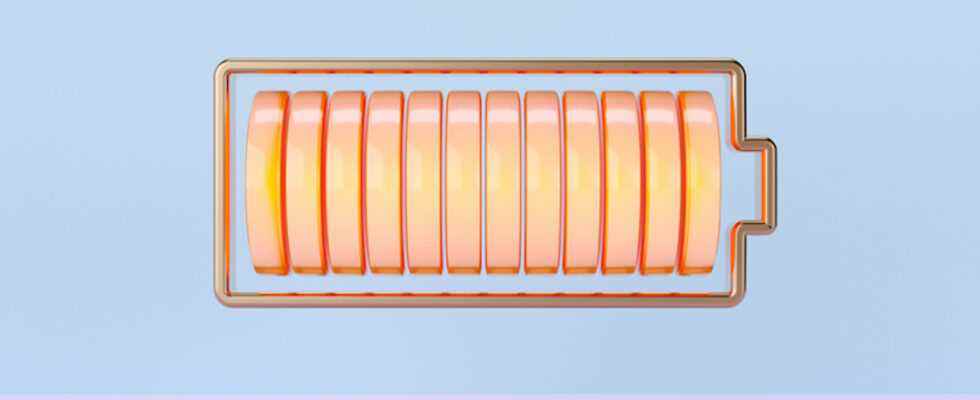We generally consider charging cables to be inert unless they are connected to a charger and a device that needs charging. This is not the case when it comes to Apple devices.
No, Apple cables are so smart that they consume a small amount of power even when no device is connected at the other end. One of the culprits is the Lightning-to-USB-C cable. They consume energy, but it is important to note that this is a negligible amount.
What is the problem ?
Here is a genuine Apple cable plugged into a power bank. Note that there is nothing plugged into the other end.
 Genuine Apple cable
Genuine Apple cable
But it’s not just the cables Apple makes.
Here is a third-party cable.

3rd Party Lightning to USB-C Cable
Here is another third party cable, this one has a bright LED in the connector, and although the power consumption is still very low, this bright LED more than doubles the amount of power consumed by the cable.
 Lightning-to-USB-C cable with LED
Lightning-to-USB-C cable with LED
Another culprit is Apple’s charging cable for the Apple Watch. It consumes a lot more power, but overall it’s still a negligible amount.
 Apple Watch Charger
Apple Watch Charger
Compare that to the power the AirPods Pro draw when charging, which is more than 10 times that of the Apple Watch’s charger in standby.

Charging AirPods Pro
So if this energy consumption is negligible, what is the problem? The problem is not so much power consumption as the fact that the cables are keeping the batteries powered up and preventing them from entering the low-power standby state.
Note that this only happens for power supplies that are designed to turn on and stay on with low-drain devices. Some power banks don’t even react to this type of power consumption, while others may turn on but then turn off if the power consumption remains low (they usually do the same when charging energy-efficient items such as earbuds).
It’s also worth pointing out that USB-C to USB-C cables don’t work that way (except for those that incorporate LEDs, which consume about as much power as a Lightning to USB-C cable).
Consumption and heat
How quickly this drains your power bank depends on its capacity. Smaller banks can be depleted in days, larger ones can take weeks or even longer.
But remember that this power bank is always on and not only does the battery drain, but it also consumes power and heats up. And that warming is bad news if you store your battery in a bag with the cables attached.
I hate to admit it, but I did, throwing it in a suitcase, and when I found the power bank a few days later, it was pretty warm to the touch. It could have ended badly.
In summary, unplug cables when not in use. This not only prevents this kind of unexpected power consumption, but also reduces the risk of accidental damage to ports or connectors.
Source: ZDNet.com
